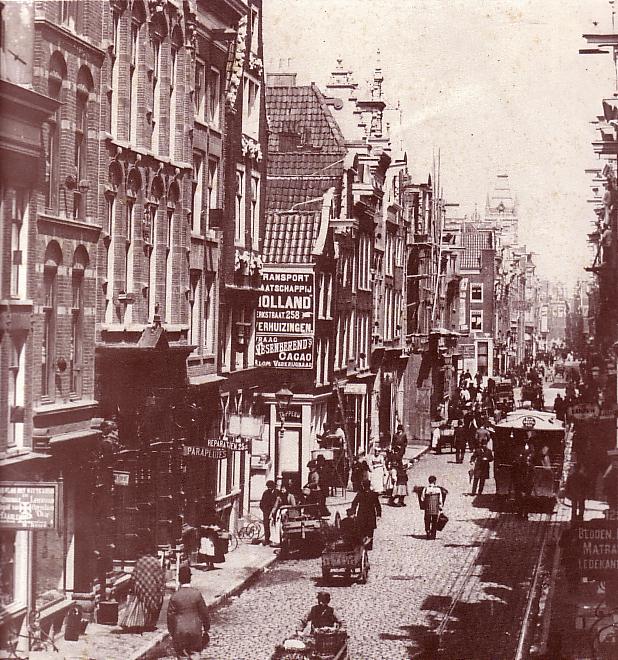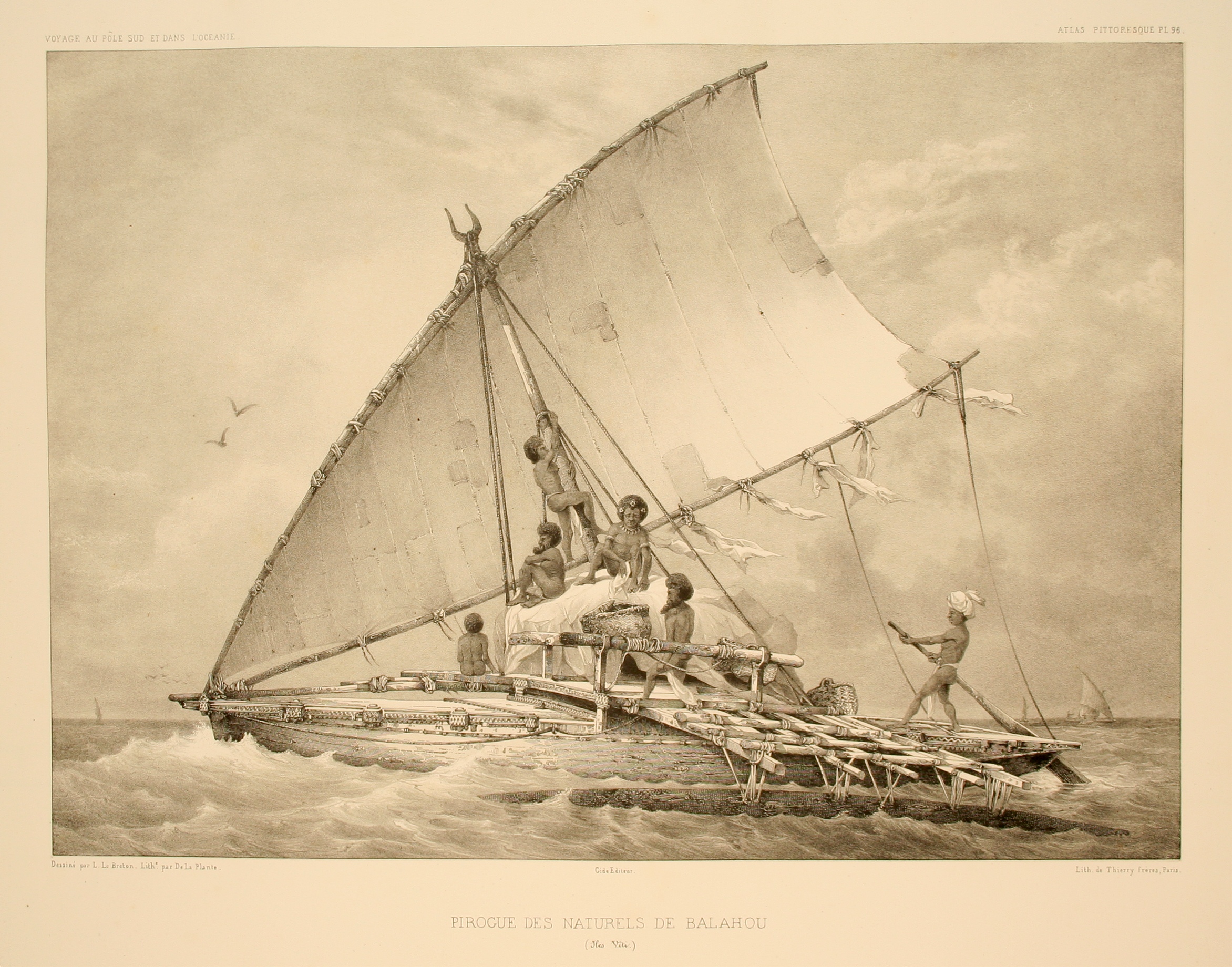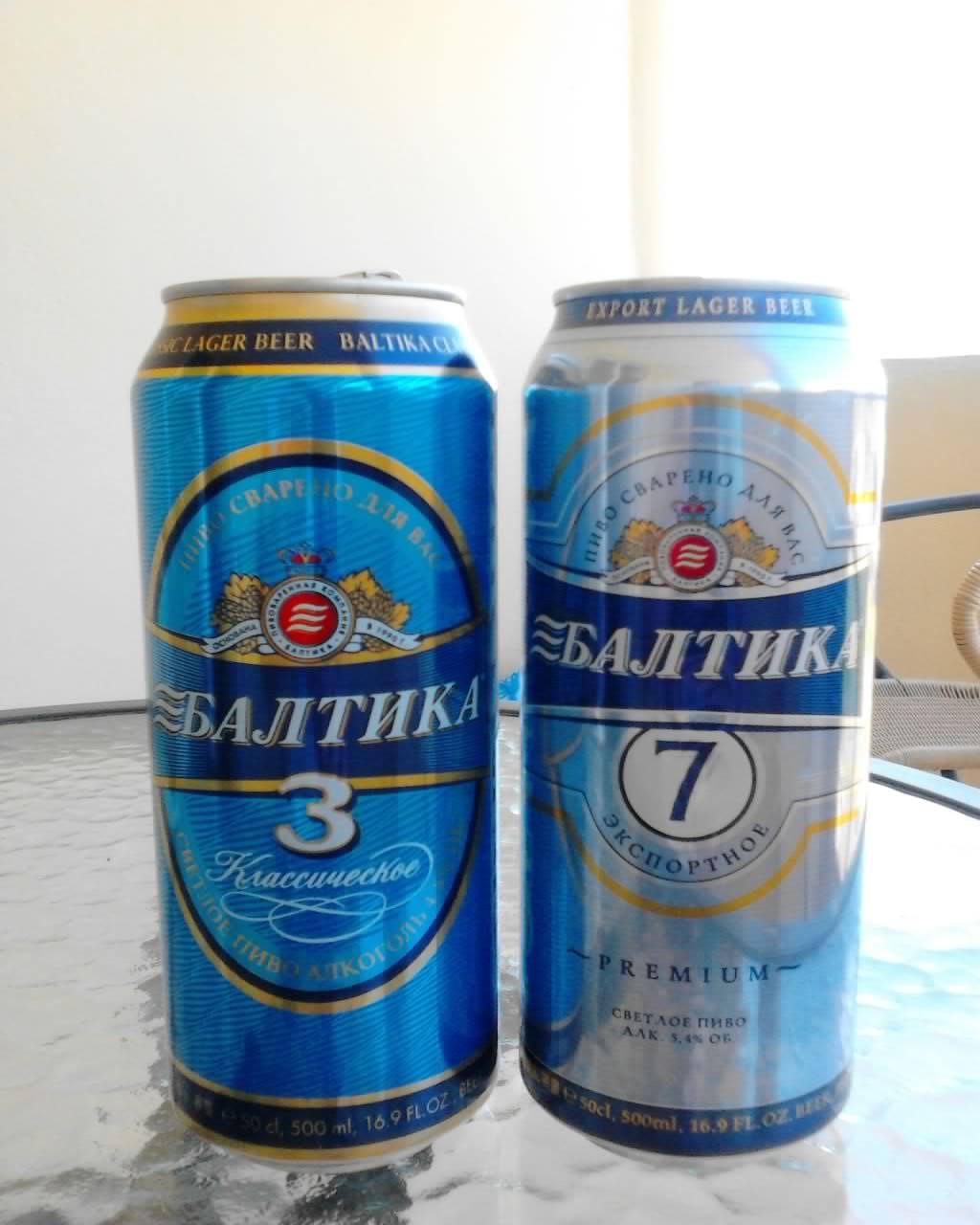|
Iosif Stalin Class Passenger Ship
The ''Iosif Stalin''-class passenger ship was a two-ship class of large turbo-electric powered passenger ships, operated by the Soviet Union, Soviet Baltic Sea Shipping Company (BGMP). The ships were taken over by the Soviet Navy during World War II and used as transport vessels. The class was named after Joseph Stalin. The two Soviet ships ''Iosif Stalin'' and ''Vyacheslav Molotov'' (after Vyacheslav Molotov) were constructed in 1939 by the Dutch company N.V. Nederlandsche Dok & Scheepsbouw Maatschappij (NDSM), in Amsterdam. The ships were ready and left Amsterdam on 1 May 1940, only nine days prior to the German invasion of the Netherlands. The ships were intended for the Soviet Far East waters, but due to war, they were taken over by the BGMP. Ships of the class Iosif Stalin She was used as a passenger ship before the war and mobilized and renamed VT-521 (Cyrillic: ВТ-521) during World War II. She participated in the Soviet evacuation of Tallinn, evacuations of Tallinn ... [...More Info...] [...Related Items...] OR: [Wikipedia] [Google] [Baidu] |
Amsterdam
Amsterdam ( , ; ; ) is the capital of the Netherlands, capital and Municipalities of the Netherlands, largest city of the Kingdom of the Netherlands. It has a population of 933,680 in June 2024 within the city proper, 1,457,018 in the City Region of Amsterdam, urban area and 2,480,394 in the Amsterdam metropolitan area, metropolitan area. Located in the Provinces of the Netherlands, Dutch province of North Holland, Amsterdam is colloquially referred to as the "Venice of the North", for its canals of Amsterdam, large number of canals, now a World Heritage Site, UNESCO World Heritage Site. Amsterdam was founded at the mouth of the Amstel River, which was dammed to control flooding. Originally a small fishing village in the 12th century, Amsterdam became a major world port during the Dutch Golden Age of the 17th century, when the Netherlands was an economic powerhouse. Amsterdam was the leading centre for finance and trade, as well as a hub of secular art production. In the 19th ... [...More Info...] [...Related Items...] OR: [Wikipedia] [Google] [Baidu] |
Battle Of Hanko (1941)
The Battle of Hanko (also known as the Hanko front or the siege of Hanko) was a lengthy series of small battles fought on Hanko Peninsula during the Continuation War between Finland and the Soviet Union in the second half of 1941. As both sides were eager to avoid a major, costly ground battle, fighting took the form of trench warfare, with artillery exchanges, sniping, patrol clashes, and small amphibious operations performed in the surrounding archipelago. A Swedish Volunteer Battalion served with Finnish forces in the siege. The last Soviet troops left the peninsula in December 1941. Background As part of the 1940 Moscow Peace Treaty which formally ended the Soviet-Finnish Winter War, Hanko was leased to the Soviet Union as a Soviet naval base. The civilian population was forced to evacuate before Soviet forces arrived. The leased area included several surrounding islands, several coastal artillery sites (among them the important fort of Russarö), important harbor ... [...More Info...] [...Related Items...] OR: [Wikipedia] [Google] [Baidu] |
Passenger Ships Of The Soviet Union
A passenger is a person who travels in a vehicle, but does not bear any responsibility for the tasks required for that vehicle to arrive at its destination or otherwise operate the vehicle, and is not a steward. The vehicles may be bicycles, buses, cars, passenger trains, airliners, ships, ferryboats, personal watercraft, all terrain vehicles, snowmobiles, and other methods of transportation. Crew members (if any), as well as the driver or pilot of the vehicle, are usually not considered to be passengers. For example, a flight attendant on an airline would not be considered a passenger while on duty and the same with those working in the kitchen or restaurant on board a ship as well as cleaning staff, but an employee riding in a company car being driven by another person would be considered a passenger, even if the car was being driven on company business. Legal status In most jurisdictions, laws have been enacted that dictate the legal obligations of the owner of a vehi ... [...More Info...] [...Related Items...] OR: [Wikipedia] [Google] [Baidu] |
Ships Built In Amsterdam
A ship is a large vessel that travels the world's oceans and other navigable waterways, carrying cargo or passengers, or in support of specialized missions, such as defense, research and fishing. Ships are generally distinguished from boats, based on size, shape, load capacity and purpose. Ships have supported exploration, trade, warfare, migration, colonization, and science. Ship transport is responsible for the largest portion of world commerce. The word ''ship'' has meant, depending on the era and the context, either just a large vessel or specifically a ship-rigged sailing ship with three or more masts, each of which is square-rigged. The earliest historical evidence of boats is found in Egypt during the 4th millennium BCE. In 2024, ships had a global cargo capacity of 2.4 billion tons, with the three largest classes being ships carrying dry bulk (43%), oil tankers (28%) and container ships (14%). Nomenclature Ships are typically larger than boats, but there is no ... [...More Info...] [...Related Items...] OR: [Wikipedia] [Google] [Baidu] |
Fugas-class Minesweeper
The Fugas class (named for Fougasse) were a group of minesweepers built for the Soviet Navy in the 1930s and 1940s. The Soviet designations were Project 3, Project 53, Project 53-U and Project 58. Design The design specification was issued in 1930 and the design was approved in 1931. The project numbers (3, 53, 53-U or 58) were retroactively applied in 1939. The ships were built with steel hulls using a mixed welding and riveted construction. Crew section was additionally coated by wood laminate for the thermal isolation. The vessel interior was split into nine water-proof compartments. Vessels were intended to be very habitable in long voyages, with central heating, sauna and even cinema apparatus. Mine-sweeping equipment consisted of three towed trails. Various attempts to fit the leading trails were not successful. Also, the magnetic trails were fitted starting from 1944, followed soon by acoustic trails. Survivability against magnetic-sensing mines was provided by 3-section ... [...More Info...] [...Related Items...] OR: [Wikipedia] [Google] [Baidu] |
Baltika IMO 5035294 P Oslo 07-1985
Baltika Brewery () is the second largest brewing company in Europe, and the leader of the Russian beer market with over 38% market share. It is headquartered in St. Petersburg. Following the Russian invasion of Ukraine, Carlsberg Group attempted to sell the company, but in July 2023 the Russian government seized its assets under the rules for businesses from the Unfriendly Countries List. Carlsberg Group divested its shares in Baltika in December 2024. History Baltika Breweries launched production in St. Petersburg in 1990. It was co-founded by Afghan-born Naif Achakzai and Nikita Kefirov. After privatization in 1992, the company was reorganized into an open joint stock company. In 1993 Baltic Beverages Holding Brewing Concern became the company's largest shareholder. In 1998, the name of the enterprise was changed to Open Joint Stock Company Baltika Breweries. 2000 saw the opening of the largest Soufflet Malting Plant in Russia built by Baltika in St. Petersburg, together w ... [...More Info...] [...Related Items...] OR: [Wikipedia] [Google] [Baidu] |
NKVD
The People's Commissariat for Internal Affairs (, ), abbreviated as NKVD (; ), was the interior ministry and secret police of the Soviet Union from 1934 to 1946. The agency was formed to succeed the Joint State Political Directorate (OGPU) secret police organization, and thus had a monopoly on intelligence and state security functions. The NKVD is known for carrying out political repression and the Great Purge under Joseph Stalin, as well as counterintelligence and other operations on the Eastern Front of World War II. The head of the NKVD was Genrikh Yagoda from 1934 to 1936, Nikolai Yezhov from 1936 to 1938, Lavrentiy Beria from 1938 to 1946, and Sergei Kruglov in 1946. First established in 1917 as the NKVD of the Russian SFSR, the ministry was tasked with regular police work and overseeing the country's prisons and labor camps. It was disbanded in 1930, and its functions dispersed among other agencies before being reinstated as a commissariat of the Soviet Union ... [...More Info...] [...Related Items...] OR: [Wikipedia] [Google] [Baidu] |
Port Of Tallinn
Port of Tallinn () is the biggest port authority in Estonia. Taking into account both cargo and passenger traffic, it is one of the largest port enterprises of the Baltic Sea. Port of Tallinn is a publicly listed company managing five constituent ports (two of them in Tallinn): * Tallinn Passenger Port / Old City Harbour (''Vanasadam'') – the main passenger harbour in Estonia; located in the centre of Tallinn; one of the busiest passenger ports of the Baltic Sea * Muuga Harbour – the largest cargo harbour in Estonia, located in Maardu, 13 km northeast of Tallinn city centre * Paldiski South Harbour – a cargo harbour in Paldiski, 40 km west from Tallinn * Paljassaare Harbour – a small cargo harbour a few kilometres northwest of Tallinn city centre in Paljassaare * Saaremaa Harbour – a passenger harbour on the island of Saaremaa, in Ninase In October 2016, the Port of Tallinn subsidiary TS Laevad took over operation of the ferry routes between the Estonian m ... [...More Info...] [...Related Items...] OR: [Wikipedia] [Google] [Baidu] |
Coastal Artillery
Coastal artillery is the branch of the armed forces concerned with operating anti-ship artillery or fixed gun batteries in coastal fortifications. From the Middle Ages until World War II, coastal artillery and naval artillery in the form of cannons were highly important to military affairs and generally represented the areas of highest technology and capital cost among materiel. The advent of 20th-century technologies, especially military aviation, naval aviation, jet aircraft, and guided missiles, reduced the primacy of cannons, battleships, and coastal artillery. In countries where coastal artillery has not been disbanded, these forces have acquired amphibious capabilities. In littoral warfare, mobile coastal artillery armed with surface-to-surface missiles can still be used to deny the use of sea lanes. It was long held as a rule of thumb that one shore-based gun equaled three naval guns of the same caliber, due to the steadiness of the coastal gun which allowed ... [...More Info...] [...Related Items...] OR: [Wikipedia] [Google] [Baidu] |
Paravane (weapon)
The paravane is a towed winged (hydrofoiled) underwater object—a water kite. Paravanes have been used in sport or commercial fishing, marine exploration and industry, sports and military applications. The wings of paravanes are sometimes in a fixed position, else positioned remotely or by actions of a human pilot. Pioneer parafoil developer Domina Jalbert considered water kites hardly different from air kites. However, paravanes generally orient themselves in respect to the water surface. They may have sensors that record or transmit data or are used entirely for generating a holding force like a sea anchor does. While a sea-anchor allows a vessel to drift more slowly downwind, the paravane travels sideways to the pull at one to several times the pulling speed. Paravanes are, like air kites, often symmetrical in one axis and travel in two directions, the change being effected by gybing, shunting, or flipping over. Military applications The paravane , a form of towed underwa ... [...More Info...] [...Related Items...] OR: [Wikipedia] [Google] [Baidu] |
Naval Mine
A naval mine is a self-contained explosive weapon placed in water to damage or destroy surface ships or submarines. Similar to anti-personnel mine, anti-personnel and other land mines, and unlike purpose launched naval depth charges, they are deposited and left to wait until, depending on their fuzing, they are triggered by the approach of or contact with any vessel. Naval mines can be used offensively, to hamper enemy shipping movements or lock vessels into a harbour; or defensively, to create "safe" zones protecting friendly sea lanes, harbours, and naval assets. Mines allow the minelaying force commander to concentrate warships or defensive assets in mine-free areas giving the adversary three choices: undertake a resource-intensive and time-consuming minesweeping effort, accept the casualties of challenging the minefield, or use the unmined waters where the greatest concentration of enemy firepower will be encountered. Although international law requires signatory nations ... [...More Info...] [...Related Items...] OR: [Wikipedia] [Google] [Baidu] |
Hanko Peninsula
The Hanko Peninsula (; ) is the southernmost point of mainland Finland. The soil is a sandy moraine, the last tip of the Salpausselkä ridge, and vegetation consists mainly of pine and low shrubs. The peninsula is known for its beautiful archipelago and long sandy beaches. The town of Hanko, Finland, Hanko is situated on the peninsula, as is the Port of Hanko. The Baltic Sea proper is demarcated by a line from the Hanko Peninsula to the northwesternmost point of mainland Estonia. The waters east of this line are considered the Gulf of Finland. The Hanko Peninsula has played a major part during times of war. The Battle of Gangut was fought outside the Hanko peninsula on 7 August 1714 ("Gangut" is the Russian transliteration of the Swedish name for the peninsula "Hangö udd"). Some of the Russian fortifications that were built as part of Peter the Great's Naval Fortress are located here. During the Finnish Civil War, the German Ostsee Division landed here in April 1918. Follo ... [...More Info...] [...Related Items...] OR: [Wikipedia] [Google] [Baidu] |








